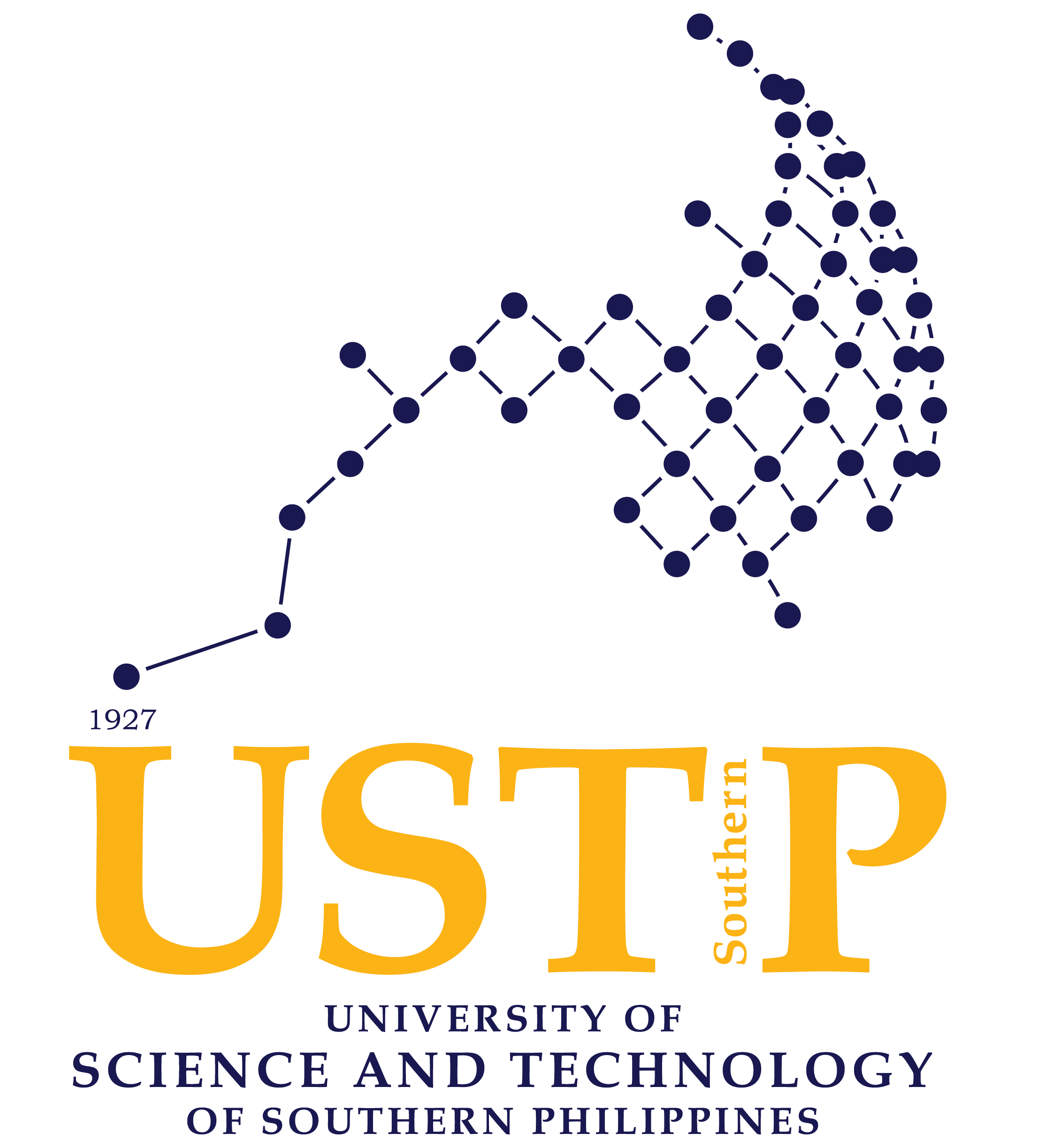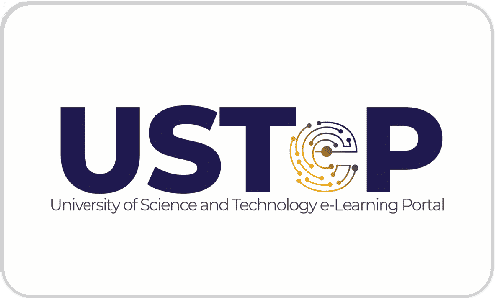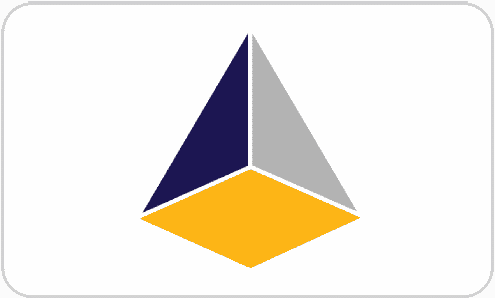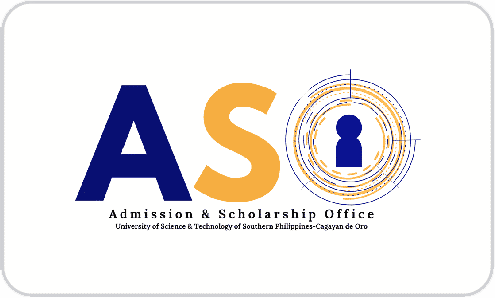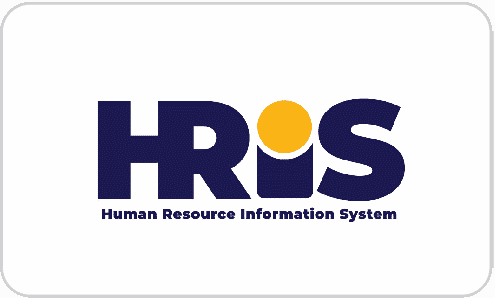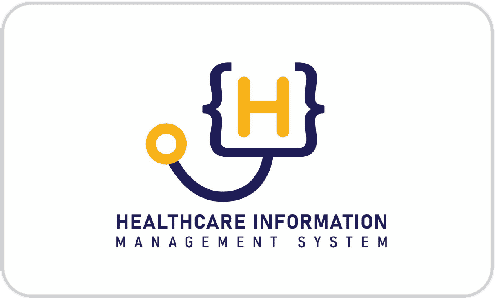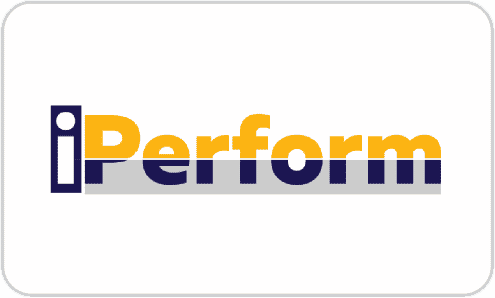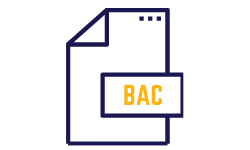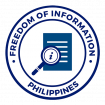USTP Claveria holds 3-day Strategic Planning Activity
By Carlos Ian H. Mendoza, USTP Claveria STRATCOMM
Share:
The University of Science and Technology of Southern Philippines in Claveria, Misamis Oriental (USTP Claveria) held a 3-day Strategic Planning Activity at Dahilayan, Manolo Fortich, Bukidnon on March 9-11, 2022, to produce the campus’ Development Plan 2022-2025, in line with the University System’s DYNAMIC Agenda and USTP Claveria’s CHAMPION Agenda, authored by current USTP Chancellor Dr. Renato O. Arazo.
Dignitaries of the USTP System, including individuals who hold certain expertise or influence with regard to strategic planning and development, were invited to speak during the activities.
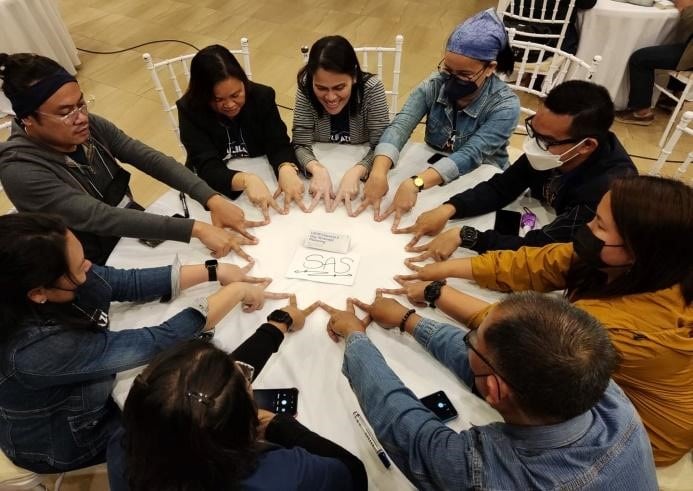
Futures Thinking and Scenario Planning
As part of the second season of the Public Sector Productivity Webisodes – an initiative that aims to raise awareness in public sector organizations on relevant productivity and innovation topics – the events started with a plenary session with Dr. Alan S. Cajes, Senior Executive Fellow of the Development Academy of the Philippines, who shared about “futures thinking,” a process that relies on divergent and creative thinking to produce scenarios on what may happen to an organization given today’s uncertainties by analyzing observable trends and events. By planning a range of futures (possible, plausible, probable, and preferred futures), organizations can design a more strategic response to uncertainties and risks.
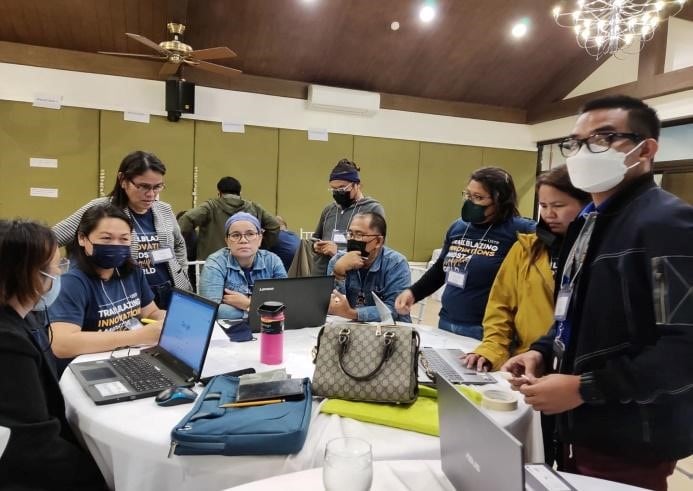
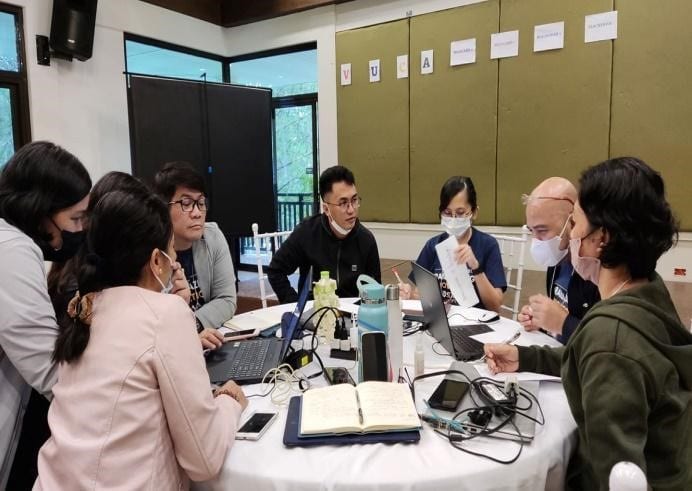
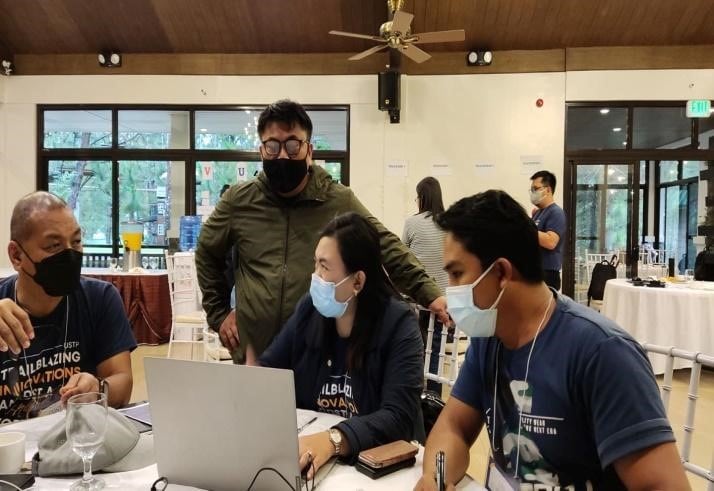
Dr. Cajes also discussed the three principles that organizations should consider in the scenario planning process: outside-in thinking or assessing one’s operations from the viewpoint of stakeholders while considering their expectations and needs, embracing diverse perspectives to encourage a healthy exchange of ideas, and taking a long view (ten to twenty years) when planning. He also talked about strategic foresight through scenario development, which involves seven steps:
- stating the strategic challenge an organization faces, which requires complex solutions dependent on an uncertain future and defining the scope and limitation of the scenarios
- identifying the driving forces (e.g., infectious diseases, environmental risks, livelihood crises, etc.) and predetermined elements (e.g., demographics, occupation, migration pattern, population increase, etc.) that serve as the basis for constructing the scenarios
- constructing a quadrant consisting of critical uncertainties, predetermined elements, and other secondary elements, arranged by their level of potential impact and uncertainty
- creating a matrix scenario with vertical and horizontal lines representing critical uncertainties and quadrants for each of the four types of futures to be identified
- using the power of storytelling to vividly play out the scenario development process as it moves individuals into coming up with possible solutions to prevent risks from happening
- determining the implications and options in terms of key activities and robust strategies
- naming the indicators and signposts for tracking moving forward
Dr. Cajes ended his lecture by highlighting the importance of implementing the scenario planning process over the traditional planning approach. He states that traditional planning zeroes in on partial reality and assumes that the future is simple and certain. On the other hand, scenario planning takes on a wider lens in analyzing the dynamic VUCA (volatile, uncertain, complex, and ambiguous) reality; thus, viewing the future to have multiple dimensions and a high level of uncertainty.
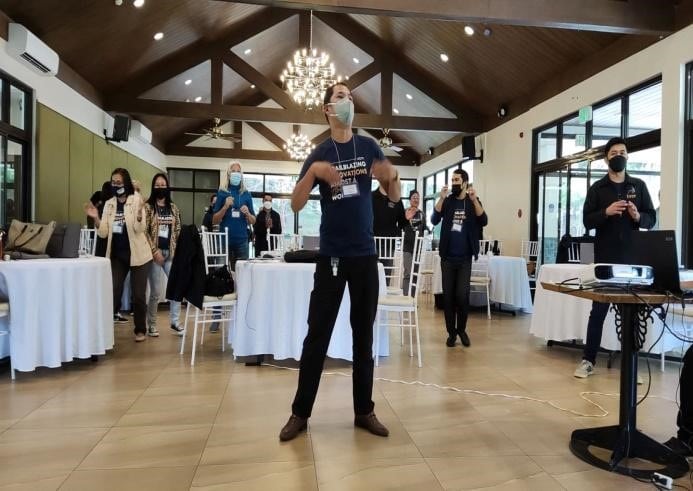
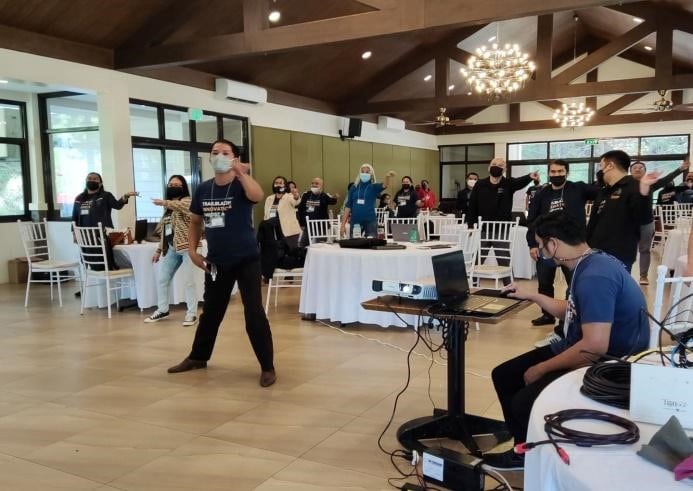
Enhancing the USTP Strategic Plan: Vision 2030
Another plenary session followed with USTP System President, Dr. Ambrosio B. Cultura II, who discussed the USTP Strategic Plan: Vision 2030. Dr. Cultura presented USTP’s journey in catalyzing the creation of innovations, sharing that the culmination of the planning phase marks the start of the periodic review of the University’s strategic plan. The planning process, which aims to enhance the USTP Strategic Plan, starts with an assessment of the context of the organization through the following activities: review, incorporation, and identification. Also, for this planning period, the University focuses its efforts on Phase 2: Strengthening the S&T Academe Economy Ecology.
To achieve its vision, Activities/Programs/Initiatives (APIs), Key Performance Indicators (KPIs), and targets are set by delivery units from all campuses. The planning and budgeting process then incorporates the development of the Office Performance Commitment Review (OPCR). After that, action plans are deployed and implemented across all campuses. Then, to ensure the accomplishment of the KPIs and targets, performances and plans are monitored and reviewed regularly (semi-annually and annually). The outcomes from the performance monitoring and review serve as valuable inputs for setting the APIs, KPIs, and targets for the next cycle of the planning process.
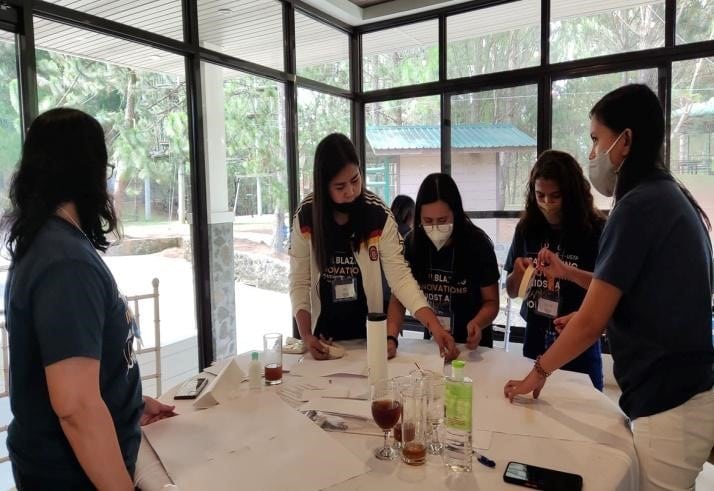
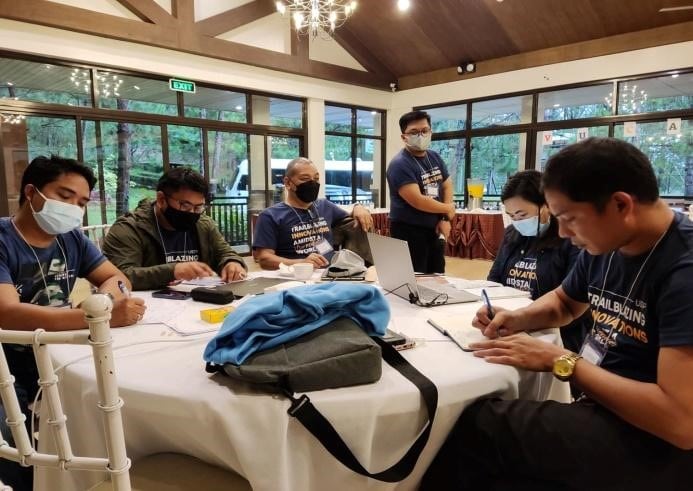
Agropolis S&T Park: Balancing Development and Environment
The first day ended with a discussion on the USTP Agropolis Science and Technology Park by Mr. Clint Django G. Pacana, Technopark Manager, who presented the USTP Technopark Development Plan, which highlights the following unifying programs:
- utilizing USTP expertise in research, innovation, and development
- establishing innovations and new businesses
- complementing and supplementing the programs within Agropolis
- achieving the vision of food security
According to Mr. Pacana, the project also integrates comprehensive development planning to maintain the balance between economic development and a habitable environment.
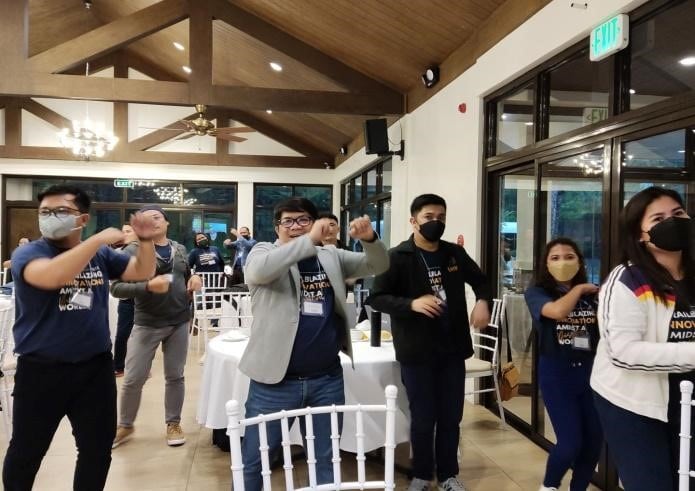
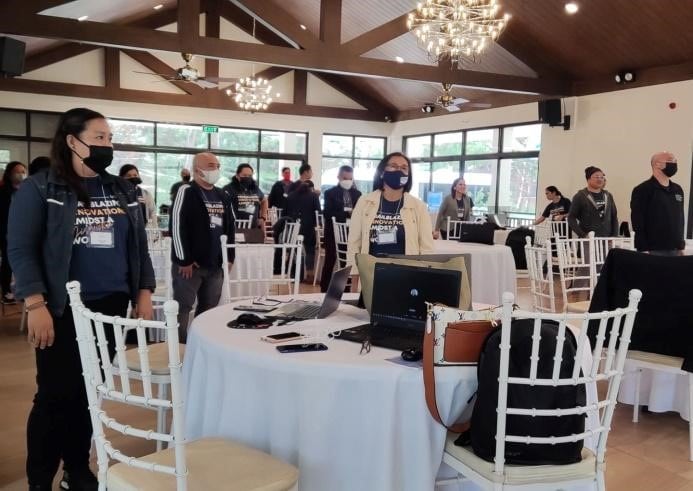
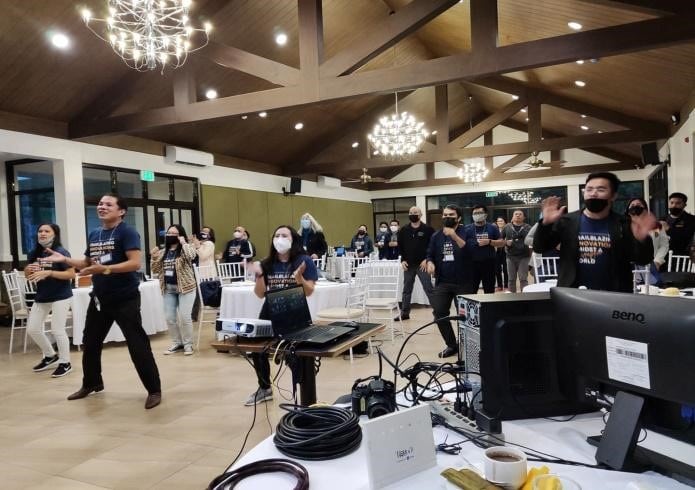
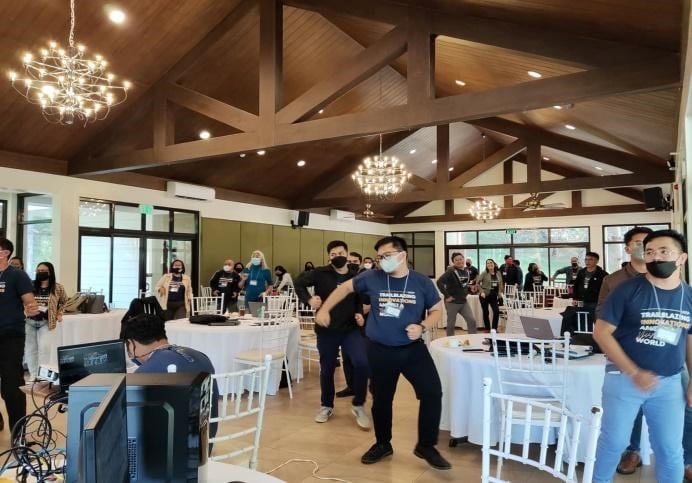
Working with Partners towards a Sustainable Future
The following day, Ms. Maria Consuelo R. Del Castillo, Director of the Planning, Monitoring and Evaluation Office of the USTP System said that the Strategic Plan describes how USTP intends to work with its partners to deliver what is required of the University, especially in extraordinary times. She adds that it is a bold and ambitious plan structured around the USTP System’s DYNAMIC Agenda and the USTP Claveria’s CHAMPION Agenda, providing a framework with clear directions of change to where we, as members of the Academe-Industry-Government-Community collaborative network, should be headed.
Dr. Arazo then discussed the five-year Claveria Action Plan, saying, “Over the next few years, we will work with constituents to expand people’s choices for a fairer, sustainable future.”
The activities ended on the third day with a presentation of outputs. The USTP Planning, Monitoring and Evaluation Office then provided awards and recognition to the participants and facilitators.
